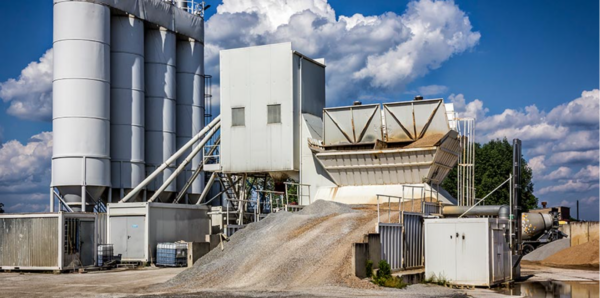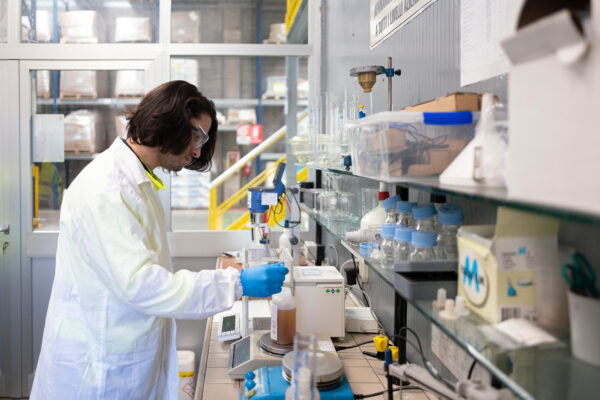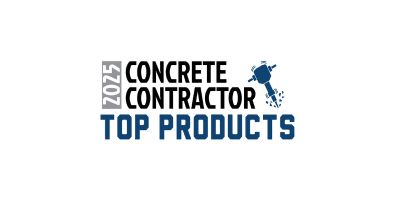Tom Greene Honored with ASTM Award of Merit; Made Fellow
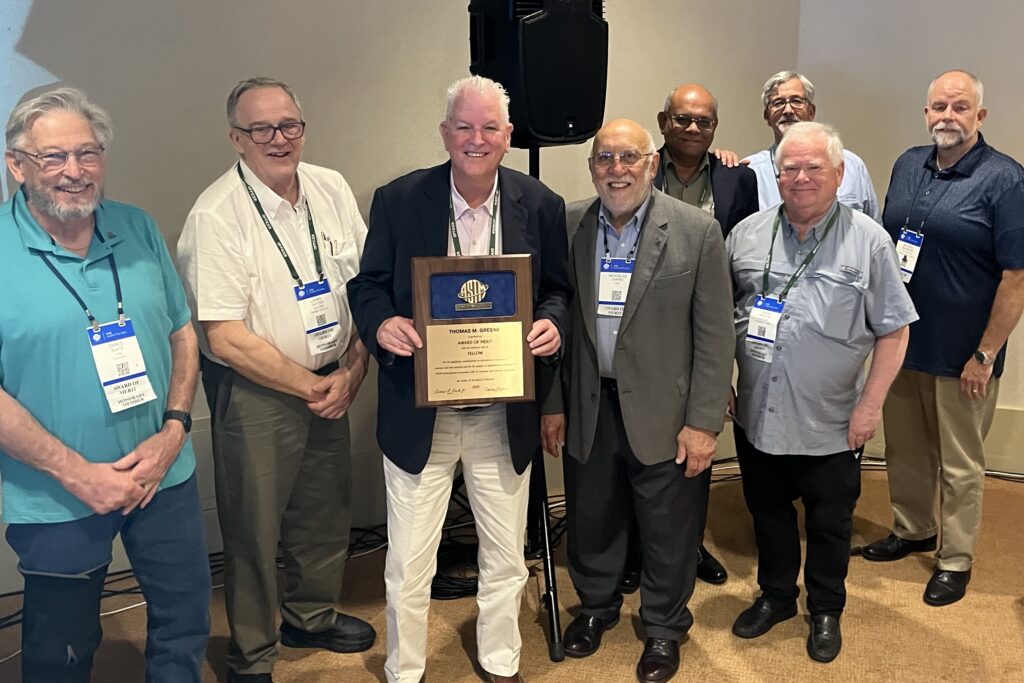
At the June 2025 Committee Week, Chryso’s own Tom Greene was awarded the Award of Merit and the honorary title of Fellow within the organization. The ASTM Award of Merit is the highest society award granted to an individual member for distinguished service and outstanding participation in ASTM committee activities.
We sat down with Tom to talk about the award, ASTM, and his long career in the concrete industry…
How did you get your start in the concrete industry?
Interestingly enough, I started as a Concrete Mixer Driver in 1982. I was newly married and wanted something that paid well and I could be home every night. I had no idea what next 40+ years would bring. I started working in the technical aspects of concrete in 1990.
In your own words, what is ASTM and what value does it add to the market?
ASTM, and other Consensus Standard writing organizations, bring order to the construction industry. The consensus comes from a wide array of expertise and experience from volunteers at all levels in the industry. From those meetings, we get agreement on material specifications, test methods, and other documents we use every day. Otherwise, there would be chaos.
When did you join the ASTM and what over the years have been the most rewarding implementations?
I joined ASTM in 1997. I got involved at the time because the concrete company where I worked was trying to use thermal measurements in concrete to predict various characteristics in the concrete. In the late 90’s this was innovative thinking and there were no standards to help us with test methods or evaluation of the data we were getting. I joined ASTM Committee C 09 – Concrete and Concrete Aggregates to work on standards that would help us. Now there are several standards on this topic.
During your time with ASTM what standards or testing challenge proved the most complicated?
The list is long. You have to remember that the structure and by-laws of ASTM are such that any member can vote negative to any ballot item they choose and their negative must be resolved. Currently C 09 has more than 1300 members. So any item can be a challenge.
The ones that stand out for me are: Altering the 90 minute time limit for which you had to have the concrete off the truck in ASTM C9.40 – Specification for Ready Mixed Concrete. Even though the language did not remove the limit, instead it made it a negotiated item between the concrete supplier and the specifier, it was several meetings to get that resolved.
Another was adding the ability to add water to the concrete while in transit to C9.40. This was a great example of ASTM trying to keep up with technology, and dealing with resistance to allowing water to be added by systems such as Verifi. This also took lots of time to reach consensus, but it made it into the standard a few years ago.
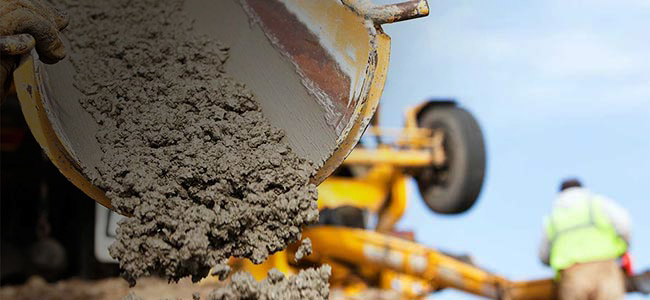
How have the testing methods developed by ASTM contributed to innovation in the marketplace?
It’s funny, some would say that ASTM does the opposite! Mostly because of the time it takes to get consensus. Innovation moves very quickly, and sometimes there is no scrutiny. When new things are invented or someone has a new way to use existing data, they understandably want an ASTM number or want to be included in a standard.
The primary goal of ASTM is to protect the public. So new items are thoroughly vetted and revised so consensus can be possible. This was the case with water added in transit, which ironically took less time then “normal”. Aside from that one, there are newer standards on using thermal measurements for all types of things, as I mentioned before. Additionally in various stages, we have new standards on concrete sustainability, lowering carbon footprint, recycling aggregates, allowing the use of alternate SCM, and using returned concrete, etc.
How have the quality of materials changed over time and how has that affected standards in the industry?
Great question, materials used to make concrete have changed over the years as we start to run out of some things and develop new things. In a relatively short period of time, we’ve added Limestone cements, manufactured sand, natural pozzolans, colloidal silica, and other “non-standard” materials to the mixtures. All of these need both, citable material specifications and guidance on how to use them. This is at the heart of what ASTM does. Probably not as quickly as some would like, but thoroughly, accurately, and able to be used around the world.
What current ASTM projects are you most excited about?
The most exciting initiatives at ASTM for me have to do with the use of new materials, for instance there is currently a ballot item in the system on using sea water in concrete. There is some data, arguments for and against are being discussed, and soon we may have a new standard. This would have been unheard of just a few years ago.
Another one for me is the development of new tests. People have always been innovative, and come up with proposed new ways to measure things more easily, accurately, and with better precision. Verifi is a great example of one of these, and there are several others making their way through the process.
What advice do you have for young people entering this industry? What does success look like?
Initially, My advice would be to never stop learning and never stop wanting to know more. It sounds crazy, but I’ve learned something new almost every day in my career. You just have to be open to spending the time and listening.
Secondly I would encourage everyone to get involved in concrete associations and participate. This is a great way to network and interact with people in the industry that you’d probably never get to meet. When I was first in the industry, I was reading a lot of technical papers, magazine articles, and anything else I could get my hands on. The authors of those were like celebrities to me. When I got involved in ASTM and other groups, they were sitting at the same table I was, and they were asking for my input. Some of them have been friends for many years now, and I still rely on their help from time to time.
Thank you Thomas Greene for your many years of service to the concrete industry.
ASTM International is a globally recognized leader in the development and delivery of voluntary consensus standards. For the concrete industry, ASTM plays a critical role by establishing rigorous specifications and testing methods that ensure the quality, safety, and performance of concrete materials and structures. These standards guide everything from the composition of concrete mixes to the evaluation of durability and strength, helping engineers, manufacturers, and builders maintain consistency and reliability in construction projects worldwide.


